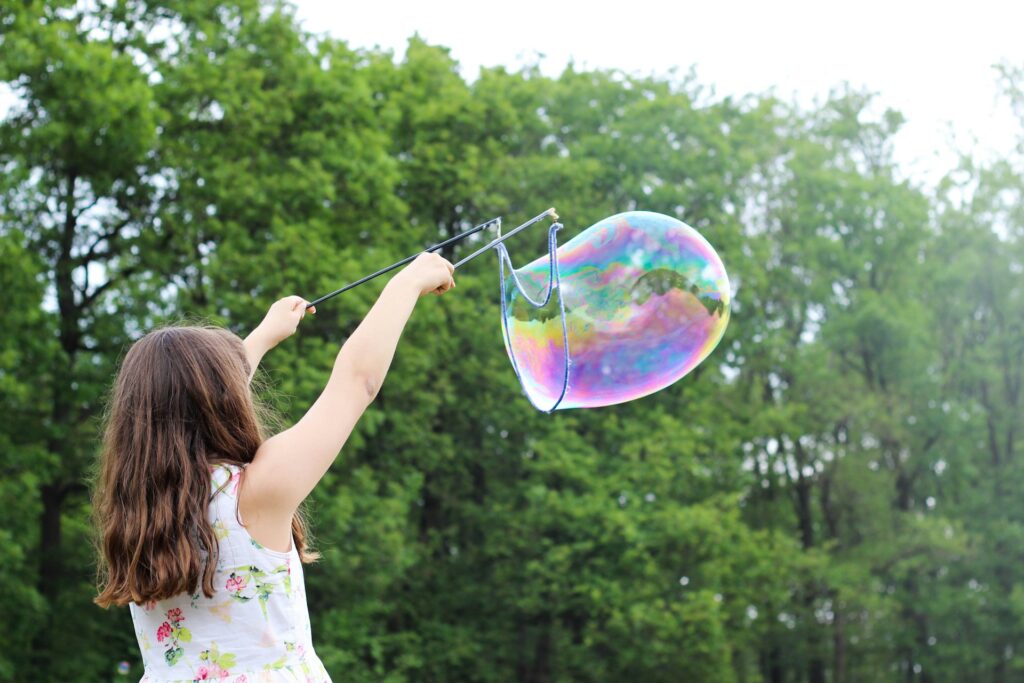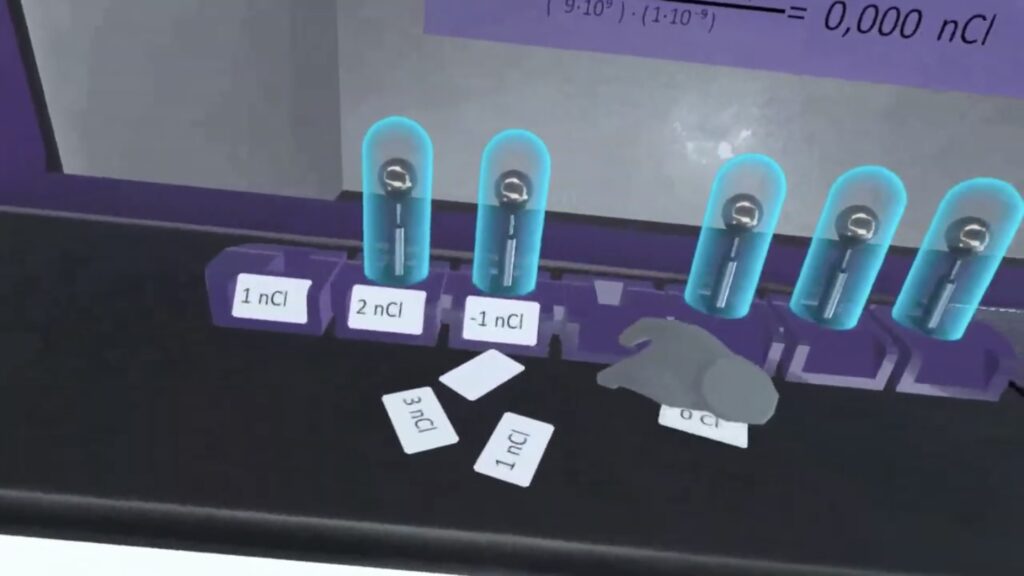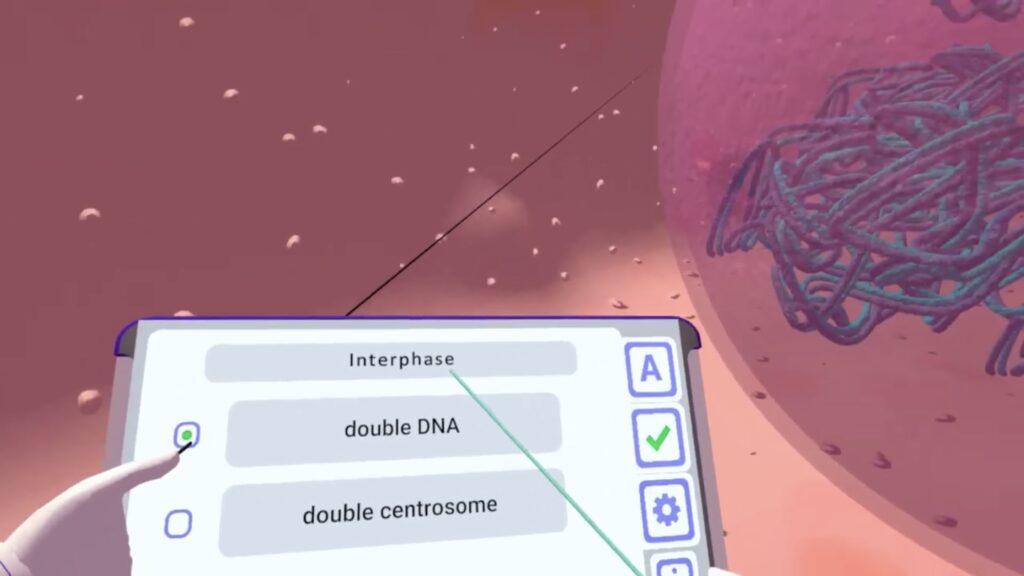

In today’s rapidly changing world, technology is taking over many tasks that were once done by humans. But there’s one thing technology can’t replace: human creativity. Creativity isn’t just about artistic expression—it’s about solving global problems, from climate change to technological innovation. Emotional intelligence, meanwhile, helps navigate the complex social challenges of a connected world.
Imagine watching your child light up with excitement as they come up with a unique solution to a problem or seeing them confidently express their ideas in front of others. Creativity is the magic that turns ordinary moments into extraordinary opportunities. It’s about thinking differently, solving problems in innovative ways, and reimagining what’s possible.
Through experimentation and the development of cognitive skills, students learn to approach known concepts from new perspectives, fostering a mindset that encourages innovation and problem-solving. This kind of inventive thinking leads to breakthroughs in science, technology, and beyond.
But creativity doesn’t flourish in isolation. It thrives alongside emotional intelligence—the ability to understand and manage one’s own emotions while empathizing with others. Developing emotional intelligence helps children navigate social complexities, build stronger relationships, and become compassionate leaders.
Simple questions like, “What made you feel happy today?” or “How did that event make you feel?” can teach children to recognize and manage their emotions, which are crucial skills for both personal and professional success.

So, how can we, as teachers and parents, help our children grow these essential skills? The good news is that fostering emotional intelligence doesn’t require special training or complex programs. It starts with simple, everyday interactions that make a big difference.
For example, you might say, “Did you feel joy today? What do you think caused it?” This not only shows that you care about their feelings but also encourages them to explore what brings them happiness.
By integrating these simple practices, we help children understand that emotions are signals about our internal and external worlds, guiding us in the right direction.
With the internet, access to facts, definitions, and data is just a click away. Education should shift focus from turning children into walking encyclopedias to helping them gain knowledge through hands-on experiences, experimentation, and reflection. This approach develops critical thinking and problem-solving skills essential for the future.
Virtual reality in education is a powerful tool that makes this possible. VR learning provides immersive experiences that engage students in ways traditional methods can’t. In a VR classroom, students can perform experiments that are otherwise impossible, unsafe, or too expensive.
Imagine students stepping inside a cell to observe mitosis as it happens, watching chromosomes duplicate and divide right before their eyes. Or picture them experimenting with Coulomb’s Law, manipulating virtual charged particles to see how they attract or repel each other. With virtual reality for education, complex scientific concepts become tangible and easier to grasp.
Our modules, such as Coulomb’s Law and Mitosis, are designed to align with international educational standards, making them a valuable addition to any STEM curriculum. By integrating VR into the classroom, we provide students with a dynamic learning environment that fosters creativity and critical thinking.
VR in the classroom not only makes learning more exciting but also encourages students to think creatively and explore new ideas. They can test hypotheses, see immediate results, and learn from their mistakes in a safe environment.
Integrating VR education into schools offers numerous advantages:
At XReady Lab, we’re passionate about empowering students through VR learning solutions. Our applications make it easy for teachers to incorporate immersive, interactive experiences into their curriculum.
Coulomb’s Law Module:

Students can experiment with electric charges, observing first-hand how particles interact according to Coulomb’s Law.
Mitosis Exploration:

Dive into the cell cycle, watching mitosis unfold in a detailed, 3D environment.
Our modules are developed based on international educational programs, ensuring they align with global teaching standards. This makes them a valuable addition to any STEM curriculum. By using our virtual reality learning programs, teachers can save time on lesson preparation and provide students with unforgettable learning experiences.
If you’re excited about the possibilities of virtual reality in education, we’d love to help you bring this technology to your school. With XReady Lab, you can create an interactive classroom that inspires creativity and fosters emotional intelligence.
Request your free demo today and discover how virtual reality can revolutionize learning for your students.
Frequently Asked
We prodive VR biology, VR physics, and VR chemistry simulations. Please, check our catalog.
Please, fill the form to get demo labs for free.
Please contact our customer support service at support@xreadylab.com or book a call with the team to find out the conditions and book the VR class set up at your school.
Subscription to XReady Lab interactive VR labs. If you are a school, then you are also given access to the VR classroom system. VR class system helps you easily launch VR lessons for a large number of students, follow the experience of each student, as well as customise the content without developers.
We adhere to the world’s generally accepted recommendations and research. Our products are suitable for children from 12 years old.